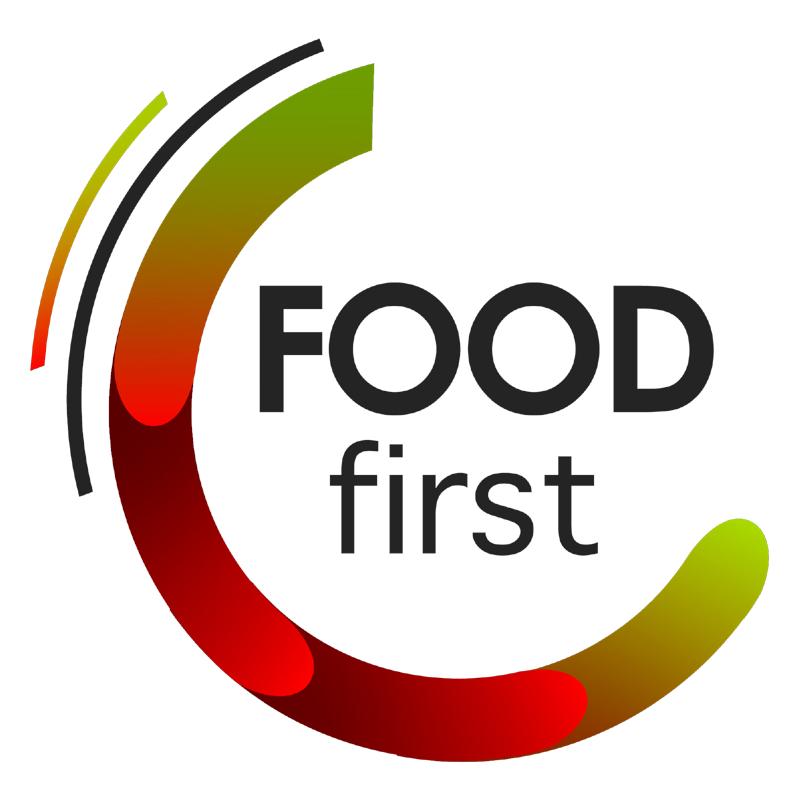Prolonged dry spells have driven almost four million people to food insecurity in Malawi and oil-rich Angola, in Southern Africa. Humanitarian aid agencies have been trying to shine a spotlight on crises in the region, even as the situations in Syria and the Sahel continue to dominate headlines.
Squeezed supplies and a towering inflation rate have kept the price of the main staple grain, maize, high throughout the region. Malawi and Mozambique have seen prices climb 40 to 100 percent since 2011. Angola, meanwhile, is experiencing its worst drought in years, according to UN agencies.
Following are snapshots of the crises in Malawi and Angola:
Malawi
Poor harvests are plaguing the Malawi’s vulnerable Southern Region. Residents there are also grappling with rising inflation (28 percent in September, compared to three percent in 2011), the 49 percent devaluation of the Malawi kwacha, and few opportunities to work as a casual labourers – factors that have together pushed the number of food-insecure persons to nearly 2 million, up from an estimated 1.6 million in June.
Even with humanitarian assistance, which started in early September, households in nine districts in southern Malawi have remained in phase two – or the stressed level – of the Integrated Phase Classification, a scale for measuring the intensity of food insecurity. In areas where aid has not yet been disbursed, people are in phase three, crisis level.
But humanitarian funding remains insufficient, and if shortfalls persist during the lean season – January through March – more poor households in the south could fall into phase three, warned the Famine Early Warning Systems Network (FEWS NET), or even phase four, an emergency state.
The government, the UN and other aid agencies have put together a cluster-based response plan requiring more than a US$100 million. The clusters – agriculture and food security, health and nutrition, education, and protection – have raised little more than $41 million. Still, this leaves a resource gap of more than $61 million. The World Food Programme (WFP), which is currently distributing aid to 1.8 million people, says it needs $14 million to cover its shortfall.
The government has pledged to release 47,600 metric tons of maize from its Strategic Grain Reserve to the Department of Disaster Management Affairs and WFP in order to provide maize though March 2013. The government has also retained an export ban on maize to control prices.
WFP and partners have also just launched an innovative system using mobile phones to transfer cash to more than 100,000 people, which will allow them to buy food in local markets. FEWS NET estimates these initiatives will aid the almost 2 million people in need of assistance.
But news reports indicate there is also an acute shortage of safe drinking water in southern Malawi, as the country faces persistent electricity blackouts affecting water pumps. There is concern about possible outbreaks of waterborne diseases as people resort to consuming untreated water in the midst of the rainy season .
Noting that droughts are getting more frequent, the government announced a strategy to build resilience and reduce vulnerability that focuses on strategic interventions such as social protection, income diversification schemes, and microloans ahead.
Angola
A 60 percent drop in rainfall in the 2011-2012 farming season led to a drought affecting 10 of the 18 provinces in Angola, according to the International Federation of Red Cross and Red Crescent Societies. As a result, more than 1.8 million people are food insecure.
Over half a million children are estimated to be suffering from acute malnutrition. According to the Federation, 20 percent of these children could be suffering from severe malnutrition, which has a possible 20 percent mortality rate.
There are very few international humanitarian organizations still operating in Angola. A majority of the organizations, including WFP, pulled out in 2006, following after the 2002 signing of a peace agreement ending the country’s 27-year civil war.
The government has initiated an emergency programme, totalling $43 million, to provide food and water as well as agricultural inputs to affected families, according to the Federation. It is unclear if all the funds for the programme have been released.
In June 2012, the United Nations Central Emergency Response Fund allocated $5.1 million to the UN Children’s Fund (UNICEF), the UN’s Food and Agriculture Organization (FAO) and the World Health Organization to complement government efforts to deal with the nutrition crisis.
The government has not declared a state of emergency nor officially called for international assistance. But it did agree to appeal for almost $1.7 million to support the Angola Red Cross Society’s efforts to help 12,000 households in four of the most affected regions – Luanda, Kwanza Sul, Huambo and Bie – in November.
Although the most severe rainfall deficits were recorded in the northern and coastal regions of the country, the large crop-producing provinces of Huambo, Huila and Bie – which collectively contribute to over 50 percent of the country’s cereal output – were also affected by the dry period and irregular rains, according to FAO.
But Angola has received good rains in the past few weeks, so the situation could improve.




